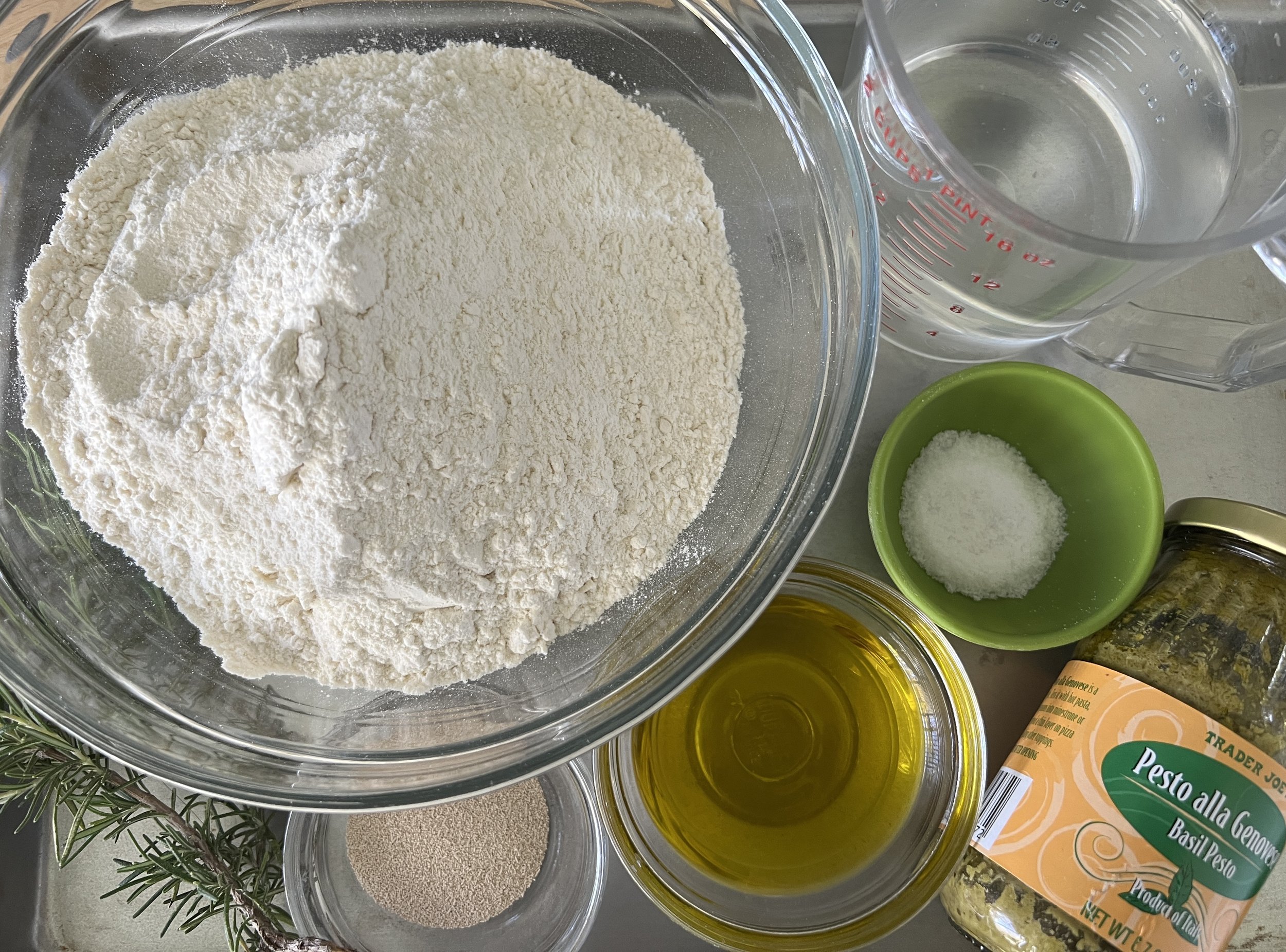Hello Bakers,
On Saturday’s show, we started our series on Spring tarts. In this series, we are going to cover three basic tart shells and a variety of fillings.
I demoed a sweet tart dough using the cut in method, mixing the dough by hand. Here is the link to Saturday's Show
So when do you use one tart shell over another - sweet tart shells are used when a raw filling and a raw dough are baked together - the small amount of baking powder helps the dough expand by creating enough expansion of C02 that the dough adheres to the bottom and sides of the pan better - less shifting and shrinking. Sweet dough has a higher percentage of sugar and a lower amount of fat so it is easier to handle and more difficult to overwork. Don’t you just love the science behind all this? So cool.
On Saturday’s show we talked about creating a bakalong of sorts - building on our first tart together - which is going to be a strawberry cream cheese tart.
So this week - if you want to bake along with the show, please make a batch of this dough and freeze it - then Friday night move the dough to the refrigerator and let it thaw overnight. Keep it cold until rolling it out Saturday - during the show.
The best pan for your tarts is a 9-10” pan with a removable bottom.
9-10” Tart pan with removable bottom
Equipment: Large bowl, scale, teaspoons, sifter, bowl scraper and plastic wrap.
Ingredients:
213g All purpose flour
75g Sugar
1g (¼ tsp) Baking powder
1g (¼ tsp) Salt
85 Butter, cool and cut into small chunks - not softened or chilled in between
75g Egg - beaten up well with a fork or a small whisk.
In a large bowl, sift together the flour, sugar, baking powder, and salt.
Dot the pieces of butter over the dry ingredients.
With your fingertips break the butter into the smaller pieces and gently squeezing to rub it into the flour and catch the flour from the bottom of the bowl.
Continue rubbing in the butter until the mixture has a sandy appearance. No visible pieces of butter should remain. It will look like crumb topping.
Pour the egg over the flour mixture and use the bowl scraper to push the egg and flour together. Keep working together until the dough comes together in a cohesive mass.
Lightly flour the work surface, remove the dough from the bowl and fold it over on itself once or twice. Pat into a ½” circle, wrap in plastic wrap and refrigerate for up to 5 days or freeze for up to 1 month.
Thaw the dough in the refrigerator overnight before using


















